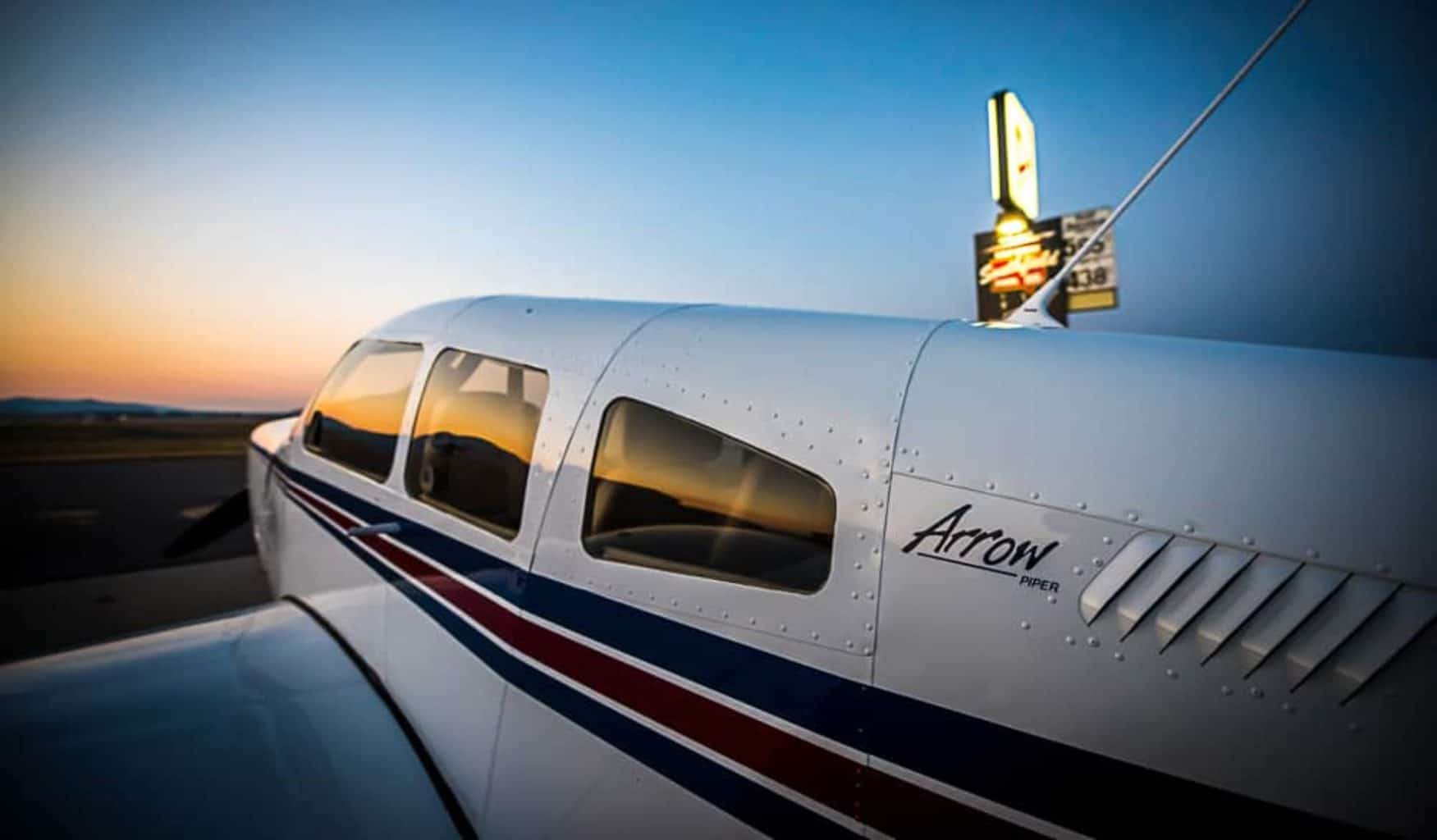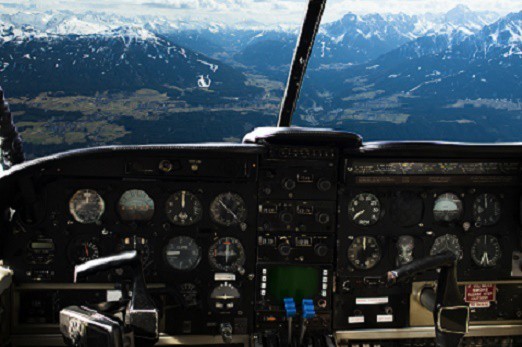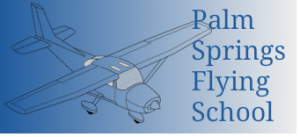Mountain Flying Safety
The following information’s are guidelines used by flight instructors and pilots with many years of high wind mountain flying safety experience. These includes
Aircraft Requirement
Weather Requirements
Ceiling Requirements
Enroute Considerations
Ridge and Pass Crossing
Approach and Landing
Emergency Procedures and Survival Equipment
Generally, Pilots demand perfection in these three areas
- Knowlege of stalls; what will the airplane do if stalled during a slip or skid
- Airspeed; be able to maintain the approach airspeed
- Method for landing; learn the technique use on all landing.
THE DON’TS OF MOUNTAIN FLYING SAFETY
Do not attempt mountain flying if the weather is doubtful or if the foot winds are forecast to exceed 30 knots, with down drafts exceeding the climb capability of the aircraft.
Do not fly close to cliffs or rough terrain when the wind approaches 20 knots or more. Dangerous turbulence may be encountered.
Do not attempt a takeoff unless the loaded aircraft is below 10% the FAA certified gross weight, and the CG is within limits.
Do not try a mountain flight unless the ceilings are at least 2000 feet above the highest terrain and visibility is at least 15 miles.
Do not fail to give attention to the importance of fuel and emergency equipment. However it is important to keep the aircraft light, but don’t skimp on these items.
Do not let anyone pressure you into initiating the flight if you are unclear and not comfortable about the aircraft performance and weather condition.
Do not operate low-performance aircraft into small mountain strips, use ‘’the sufficient runway length’ rules of thumb if in doubt of your takeoff.
THE DO’S OF MOUNTAIN FLYING SAFETY
Do check the complete weather report and pilot briefing for your proposed route.
Do plan the quantity of fuel load to arrive at the destination with an extra hours fuel reserve to counter unexpected winds
Do get yourself acquainted with the performance and altitude of your airplane. This includes takeoff distance, landing distance and rate of climb under different density altitude conditions.
Do consult the sectional chart to plan the definite altitude to be flown on each segment of the flight.
Do always file a flight plan, keep a flight log and make position reports at every opportunity. In a case of an eventuality, this allows the search crew to narrow down the search area.
Do maintain speed by lowering the nose of the airplane. Unless the airplane is over a tall stand of trees, the downdraft will not extend to the ground
Do have a suitable emergency kit to include a supply of water, signal mirror, and whistle as appropriate mountain flying safety
Do ask for advice and assistance from FBO, FAA personnel, local mountain qualified flight instructors and pilots. They will be willing to help.
Consult POH (pilot’s operational book) takeoff or landing at mountain strips, climb and ceiling capabilities of the aircraft being flown. if the conditions are unfavorable then delay the operation.
Do make a stabilized approach for landings.
Mountain Flying Safety


